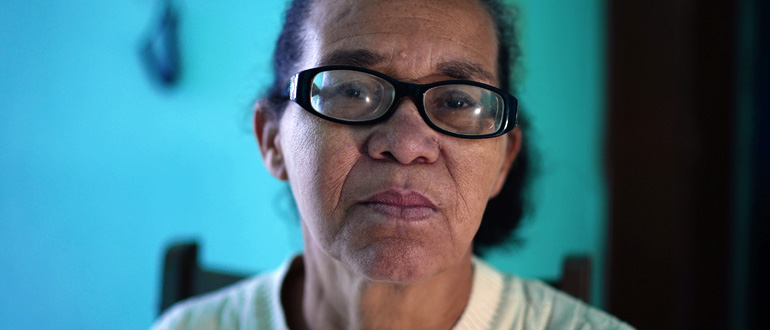Some People at More Risk for Chronic Illness Than Others

Not everyone has the same chances of developing a chronic illness. Because of a multitude of factors, racialized minorities and those who live in poverty are more likely to suffer from chronic disease.
Race and chronic illness
Black people are more at risk for developing chronic illness than white people. In fact, researchers at Yale have found that Black people develop chronic disease five to 10 years younger than other racial and ethnic groups.
This has been attributed to several different factors, including the effects of weathering discrimination. A study found chronic stress that comes from racial discrimination increases allostatic load, or wear and tear on the body. That can lead to chronic disease like diabetes.
Chronic diseases found to be more prevalent in the Black population include cancer, diabetes, and heart disease. Black people are twice as likely to develop Type 2 diabetes as Black people who are diagnosed with certain cancers also have a lower life expectancy. For example, “[t]he average African American woman diagnosed with breast cancer has a life expectancy of age 60, while white women are expected to live until 64.”
Asian and Hispanic Americans also have been found to have greater numbers of some chronic illnesses, such as diabetes. Asian Americans also have higher rates of Hepatitis B, which can cause cirrhosis or liver cancer. Other common chronic illnesses that disproportionately affect the Hispanic American population include obesity and chronic kidney disease.
Poverty and chronic illness
13.6% of Ohioans live in poverty. People who live in poverty also are more likely to develop chronic illnesses, such as mental illness and heart disease. That can be attributed to lack of access to resources that can affect the health of those who live in poverty. For example, people living in poverty often cannot access nutritious and affordable food.
How CHWs can help
Community Health Workers (CHWs), like those trained by Health Care Access Now (HCAN), often come from the communities they serve. They work with vulnerable people to help them learn how to access resources that can improve their health.
CHWs work with program participants to discover what barriers limit their health and well-being. They provide education and link participants to resources that can help them overcome those hurdles. For example, a CHW might help someone with a chronic illness see their doctor more regularly by helping them access transportation to their appointments.
By connecting program participants with resources and providing education, CHWs work to mitigate social needs that are disproportionately faced by racialized minorities and people who live in poverty.






